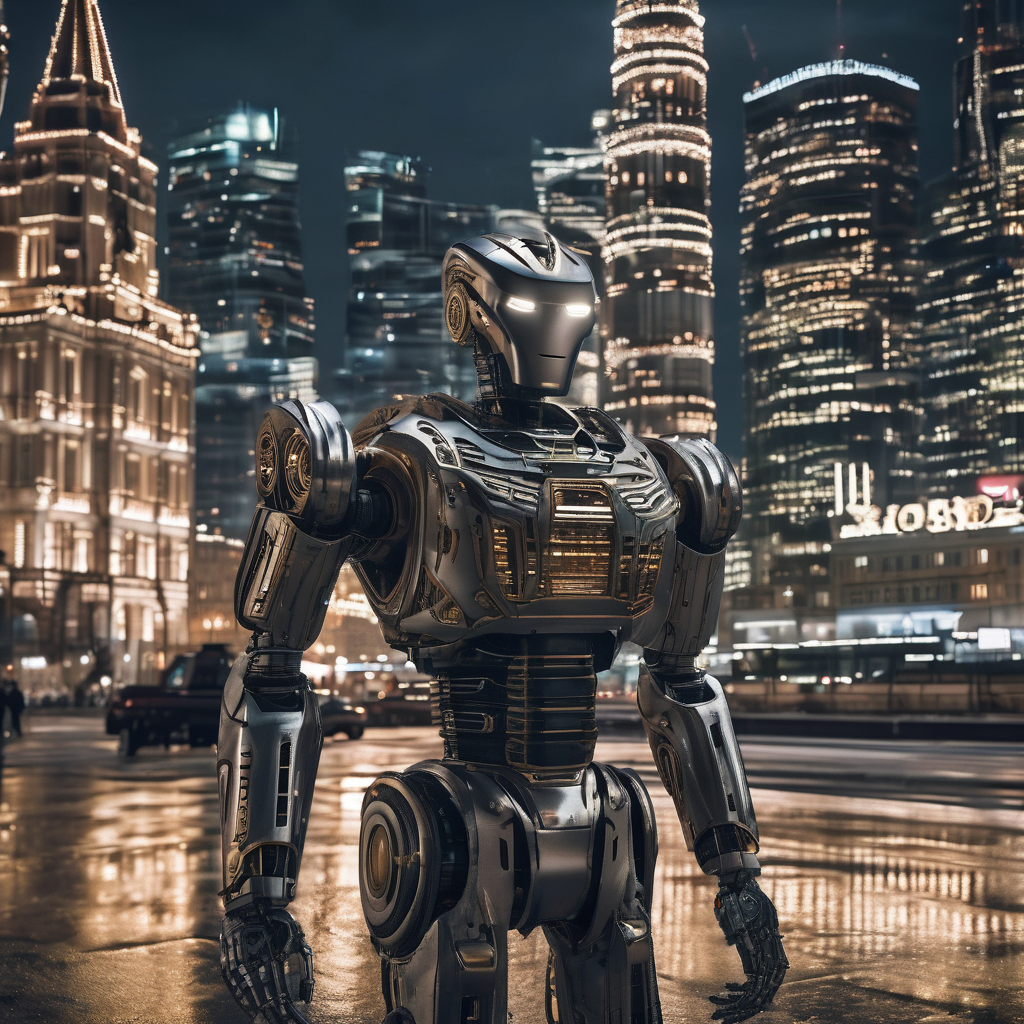A highly anticipated showcase of a humanoid robot in Moscow took an unexpected turn on Tuesday when the robot, named AIDOL, stumbled and fell flat on its face while attempting to wave at a crowd of journalists. As Rocky’s theme song played in the background, the robot made its entrance alongside two handlers but quickly became the focal point of an awkward moment that overshadowed its debut. Staff scrambled to conceal the mishap by closing a black curtain around the stage.
Developed by a Russian company sharing the same name, AIDOL was presented as the country’s first anthropomorphic robot equipped with artificial intelligence. The robot stands at 6 feet 1 inch tall and has a weight of 209 pounds. It is designed to perform essential tasks such as movement, object manipulation, and communication, conveying more than 12 basic emotions, and can carry loads of up to 22 pounds while moving at speeds of up to 3.7 mph. Notably, AIDOL is said to be built largely from Russian components, boasting a localization rate of 73%.
Vladimir Vitukhin, the chief executive of AIDOL, explained that the robot had undergone extensive testing in various conditions—including on stones, carpet, and slippery floors—before its public debut. He speculated that the fall may have been due to a voltage fluctuation and environmental factors such as lighting, emphasizing that evoking sympathy is one of the robot’s intended functions.
AIDOL serves as the flagship project for Russia’s New Technological Coalition, which comprises robotics firms and technical universities focused on developing humanoid robots. Alexey Yuzhakov, the head of the coalition, expressed hope of attracting up to $50 million in investments from both domestic and international sources for ongoing development.
The showcase highlighted the significant strides that robotics has taken in recent years, moving from the realm of science fiction into tangible technological advancements, with major corporations investing heavily in humanoid robot projects. Despite its rocky start, AIDOL represents a step forward in the evolution of robotics in Russia, signaling a commitment to innovation in a field once considered futuristic.
